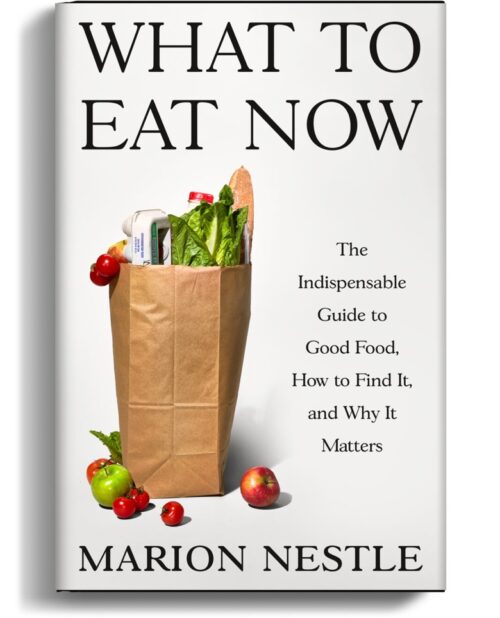I’m on the visionary panel. To register, click here.

The FDA announced that it is revoking 52 obsolete standards of identity for food products. It said it is doing this as part of the Trump Administration’s deregulatory agenda.
“I’m eliminating outdated food regulations that no longer serve the interests of American families,” said HHS Secretary Robert F. Kennedy Jr. “Today marks a crucial step in my drive to cut through bureaucratic red tape, increase transparency and remove regulations that have outlived their purpose.”
Two readers, Sharon Sass and Ashley Schuering, wrote to ask me to comment on this move.
For starters, the purpose of the Standards of Identity for Food (SOI) is to ensure that a product contains what is expected. The SOI states what a food must contain, what is optional, and, sometimes. the amount or proportion of ingredient, and the method of production or formulation.
Current SOIs are at 21 C.F.R. Chapter 1, Subchapter B, Parts 131-169.
The easiest example is infant formula. The SOI states the amounts of each nutrient that must or can be in the formula. Infants depend entirely on those nutrients. The SOI makes sense. The FDA is not touching it at the moment.
It is more difficult to make sense of the SOI for fruit preserves and jams. One of the rules reads like this:
Any combination of apple and one, two, three, or four of such fruits in which the weight of each is not less than one-fifth and the weight of apple is not more than one-half of the weight of the combination; except that the weight of pineapple may be not less than one-tenth of the weight of the combination.
The SOI also specifies the use of these ingredients:
(1) Nutritive carbohydrate sweeteners.
(2) Spice.
(3) Acidifying agents.
(4) Pectin, in a quantity which reasonably compensates for deficiency, if any, of the natural pectin content of the fruit ingredient.
(5) Buffering agents.
(6) Preservatives.
(7) Antifoaming agents, except those derived from animal fat.
This, it seems to me, could use some updating.
A law firm, Morrison Foerster, has a succinct summary of the relevant regulatory history.
FDA recognized the need to modernize its SOIs dating back to 1995. In 2005, FDA and the U.S. Department of Agriculture (USDA) published a proposed rule in an effort to initiate the process of modernizing SOIs. Then, in 2018, as part of the agency’s Nutrition Innovation Strategy, FDA sought to restart its efforts to modernize its aging SOIs. At a public meeting the following year, stakeholders expressed broad support for FDA’s and USDA’s efforts to finalize the 2005 proposed rule and called for a reopening of the comment period for the 2005 proposed rule to collect information on manufacturing, food technology, market trends, and nutrition science. FDA and USDA ultimately reopened the comment period in 2020. Based on the comments received, the agencies withdrew the 2005 proposed rule to “reconsider how best to approach general principles and food standards modernization
Here is the List of Standards Affected by FDA’s First Set of Food Standard Revocation Rulemakings
Comment
I don’t think this makes any difference. The revocations will give food companies more flexibility in what they put into the listed products, but they will have to disclose the contents of their products on the food label. Even if they remove real ingredients and substitute additives, they will have to say what is in the products. The moral: read food labels!
The FDA’s Actions
__________
Forthcoming November 11, 2025: What To Eat Now
